RelicDude
Bronze Member
- Joined
- Apr 20, 2012
- Messages
- 1,486
- Reaction score
- 1,648
- Golden Thread
- 1
- Location
- north west connecticut
- 🥇 Banner finds
- 1
- Detector(s) used
- Minelab E-trac
- Primary Interest:
- All Treasure Hunting
- #1
Thread Owner
Today I went and checked out a new cellar hole I've been researching for the past week. I detected the area pretty well and found a colonial shoe buckle and some other finds. But the bottle i found on a Rock shelf in the well takes the cake. I wonder what it held and why it would be placed in the well? Hmm maybe to keep what ever it held cool? I'm pretty psyched about this one it is crude and has a open pontil. Any Ideas on what it would of been used for? And how old is it. Thanks for the help - Justin
Sent from my iPod touch using TreasureNet
Sent from my iPod touch using TreasureNet



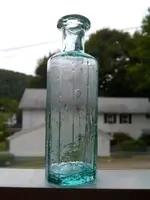
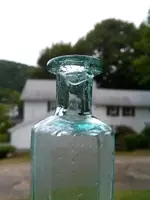
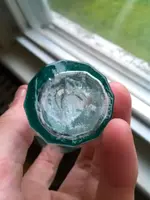
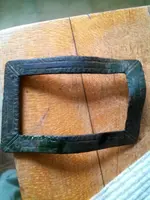

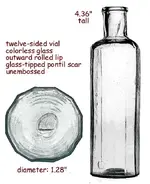
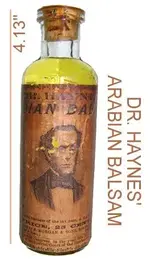
 ))
))